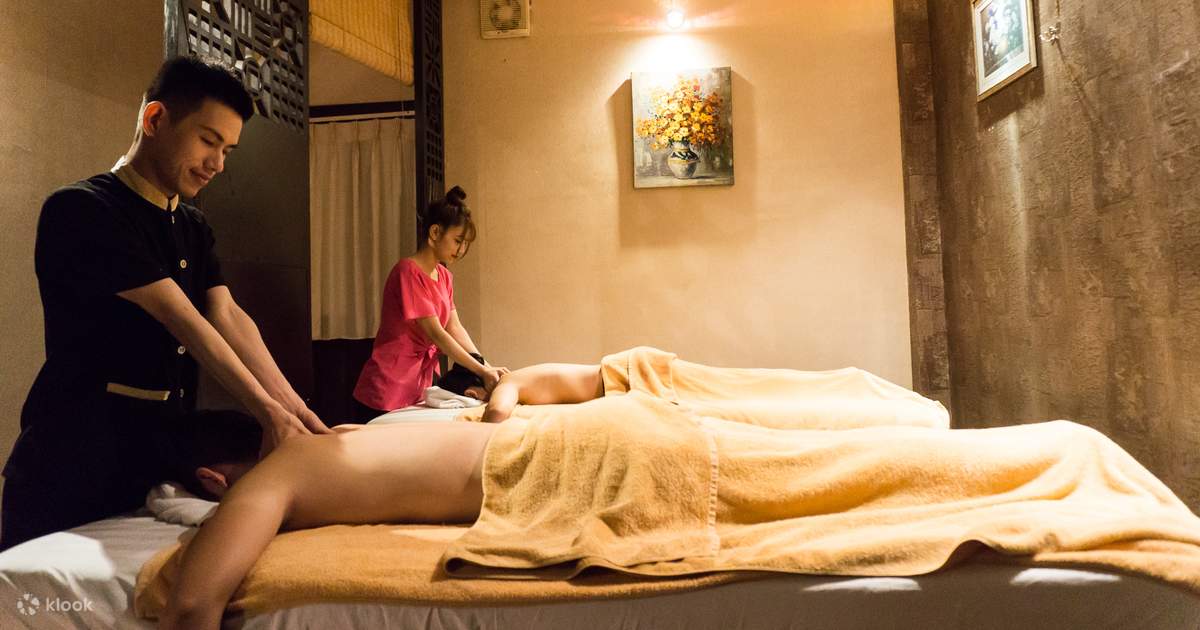Selecting the right rub can do more than Hair shampooing (洗頭) curl up you—it can increase flexibility, reduce stress hormones, and help recovery. This quick guide stops working common choices, when to decide on each, and what to ask for so you get the most readily useful benefits from your own session.

Start with determining your goal. Are you managing strain, reducing muscle suffering, or improving athletic performance? Your aim will determine the stress, practices, and procedure period that match you best.
Stress relief and greater rest: A Swedish massage is just a stable first choice. It employs long, streaming strokes with mild to moderate pressure to calm the anxious system. Many individuals report lower observed strain and increased sleep quality following standard sessions. If you are new to massage or prefer milder work, this is a secure starting point.
Muscle troubles and chronic strain: Deep tissue goals the levels of muscle and fascia wherever tightness builds. It employs slower strokes and organization force to release induce points. Assume delicate pain afterward, just like a workout. Moisten well and stretch carefully for the following twenty four hours to guide recovery.
Desk stiffness and headaches: If your shoulders drive up by midday or you get tension headaches, concentrate on throat, shoulders, and top back. A therapist can mix myofascial launch and trigger-point methods to boost selection of motion. Ask for extra time on the scalene, trapezius, and suboccipital areas—common culprits for desk-related pain.
Running performance and recovery: Activities rub blends deep work with active stretching. Choose it before opposition to boost flexibility with lighter stress; guide post-event or on rest days for greater work that aids recovery. Connect your training load and any sore parts therefore pressure can be adjusted.
Sensitivity or chronic suffering: For conditions like fibromyalgia or standard tenderness, consider a gentle method such as for example lymphatic drainage or a light-pressure peace session. The aim is to lessen infection and promote circulation without triggering pain. Faster sessions (30–45 minutes) can be much more comfortable at first.
Pregnancy support: Prenatal massage is designed for security and ease throughout each trimester. Side-lying positioning and specialized pillows reduce low right back suffering, hip tightness, and swelling. Always verify that your specialist is trained in prenatal techniques.
Allergies and choices: If you react to smells, request unscented oils or lotions. For the benefits of heat without serious force, ask about hot stones to flake out areas before hands-on work.
What to tell your specialist: Share your objectives, recent injuries, operations, and parts to avoid. Rate pressure throughout the session—&ldquo ;a 6 out of 10 is perfect” is clearer than “medium.” If anything affects in a sharp or pinching way , talk up immediately.
How frequently to guide: For pressure, monthly sessions can help. For chronic tension or teaching rounds, consider weekly or biweekly until indicators increase, then taper to maintenance.

Choose based in your goal, connect clearly, and track how you are feeling for 24–48 hours after. Seeing less pain, better rest, or increased freedom indicates you are on the proper track. If not , change stress, techniques, or treatment period next time.
